
U Local Community Agave plant, Trees to plant, Blue agave plant
agave, (genus Agave ), genus of the some 200 species of the family Asparagaceae (formerly Agavaceae ), native to arid and semiarid regions of the Americas, particularly Mexico, and the Caribbean.

Agave multifilifera Chahuiqui Century Plant (4.5" Pot) Little Prince To Go
Look for flower stalks: Agave plants produce flowers that bloom in large clusters on tall flower stalks called inflorescences. They can reach up to 30 feet in height. The flowers are usually yellow, although some species produce white or greenish-yellow blooms. Most agave plants flower only once before they die, so look for a flower stalk if.
A photo, A thought............ Plant Towering Agave flower spike.........
Updated: November 19, 2023 | By: Gary Antosh When your agave blooms, it is always a special occasion. Your plant suddenly grows these colorful flowers that make your garden space pop with life. Although it's always great when plants start to bloom, the blooming of agave plants is always a bitter-sweet incident.

Agaves Plant Care and Collection of Varieties
Native to Mexico, the West Indies, and the U.S. Southwest, agaves make rosettes of green, gray, blue, or variegated—often toothed and spiny—succulent leaves, some sword-shaped, some shorter and.
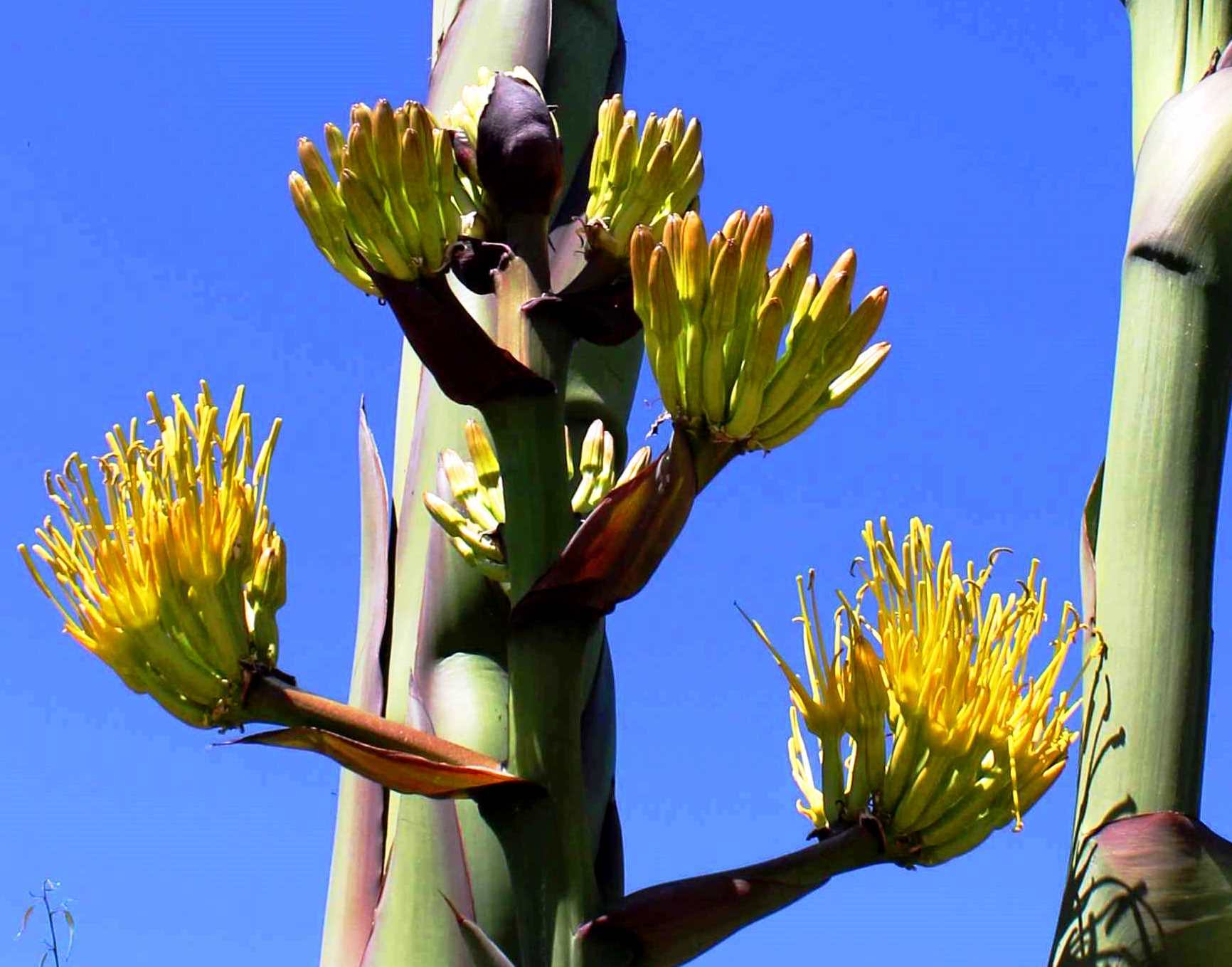
Agave In Bloom The Living Coast Discovery Center
1. Repot your agave plant every year. An annual repotting is necessary to replenish the plant's soil. 2. Use a sandy potting soil mix. When repotting an agave plant, use potting soil mixed with sand or pumice to improve drainage and avoid overwatering. 3. Place the crown of your plant above the soil line.
Check out this Blue Glow Agave I purchased at the Desert Botanical Garden's plant sale in
A. geminiflora, or twin-flowered agave, is an interesting plant from Mexico's west coast. It forms a dense rosette of 2- to 3-foot spaghetti-narrow green leaves with curly white filaments fringing off the edges. It performs beautifully in containers.

Free Images cactus, flower, botany, flora, heat, aloe, spines, flowering plant, exotica, land
April 16, 2023 by Kelly Spicer Agave spp. Succulents exist in a vast array, their form and color ranging from tiny green bulbous leaves on a string-like stem to rosy-toned stumps that appear to be living rocks. It can be hard to believe that agaves belong to this category as well.

Agave multifilifera Chahuiqui Century Plant (4.5" Pot) Little Prince To Go
Bloom Common Issues FAQ Agave plants are succulents with large leaves that end in pointy tips. Agaves have a lot of variety, with over 250 species in the agave genus. Large, stiff specimens can grow to 10 feet or more in height and width, and smaller species can be dish-sized. A few agave species have soft leaves and no spines.
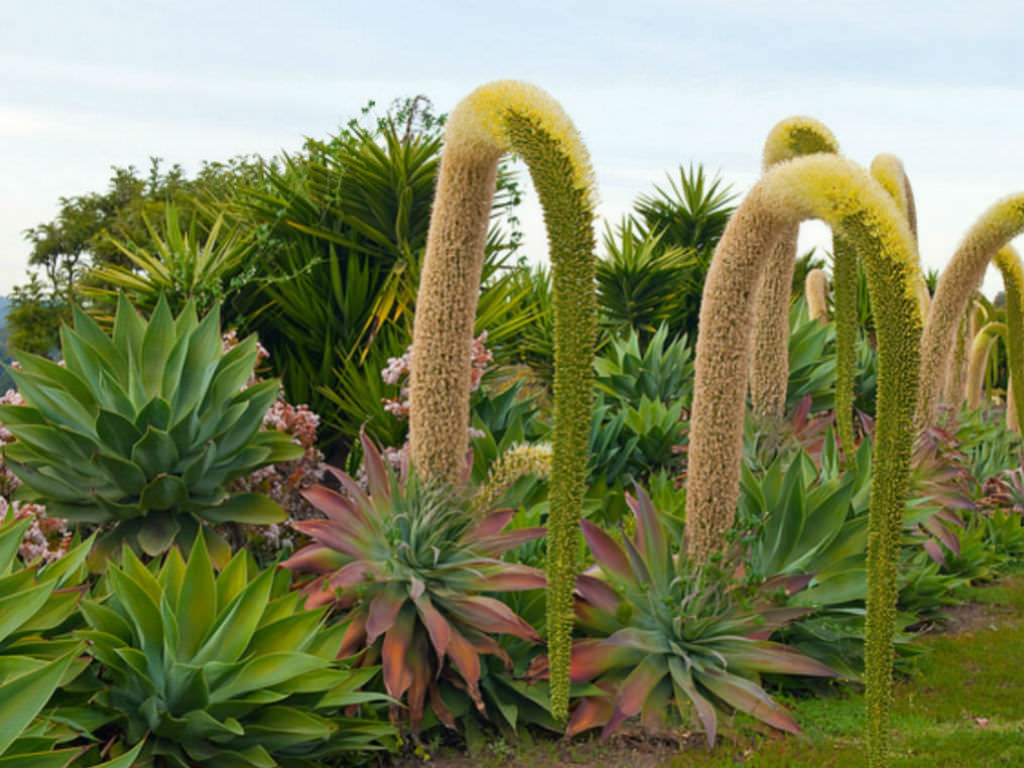
Agave attenuata (Fox Tail Agave) World of Flowering Plants
Agave is a genus of about 300 species of succulent plants that are native to arid regions of the Americas, particularly Mexico and the southwestern United States. It belongs to the asparagus family, Asparagaceae, along with asparagus , yucca , bluebell, hosta, and some houseplants.

Agave Americana 'Century Plant' 6'' Pot Hello Hello Plants & Garden Supplies
Like any other plant, the agave plant also suffers from pests and other plant problems. Take a look at some: Overwatering. The most common problem with agave plants is root rot which can be caused by overwatering. Always make sure its roots are kept dry, and its soil is not soggy. Overwatering also makes agave plant leaves turn yellow and wilt.

Blooming Agave Agaves, Garden Photos, The Outsiders, Bloom, Plants, Quick, Plant,
By Bonnie L. Grant last updated March 23, 2023 Agave is a long-leaved succulent plant that naturally forms a rosette shape and produces a flower spire of attractive cup shaped blooms. The plant is drought tolerant and perennial, making it ideal for the mature arid garden.
/arc-anglerfish-arc2-prod-dmn.s3.amazonaws.com/public/AQKXBUH3NJFOGXBOAFR4UTB7NY.jpg)
Dallas Arboretum's 20yearold Victoria Agave plant begins onceinalifetime bloom
Traditional alcoholic drinks like tequila and mescal from agave tequilana, agave angustifolia, and agave salmiana. The sweet juice from the flower stalk is also used to make Pulque, which is an alcoholic beverage as well. 10. A Multipurpose Plant. The leaves of Agave Americana and Agave Sislana are used in making paper and weaving mats. You can.
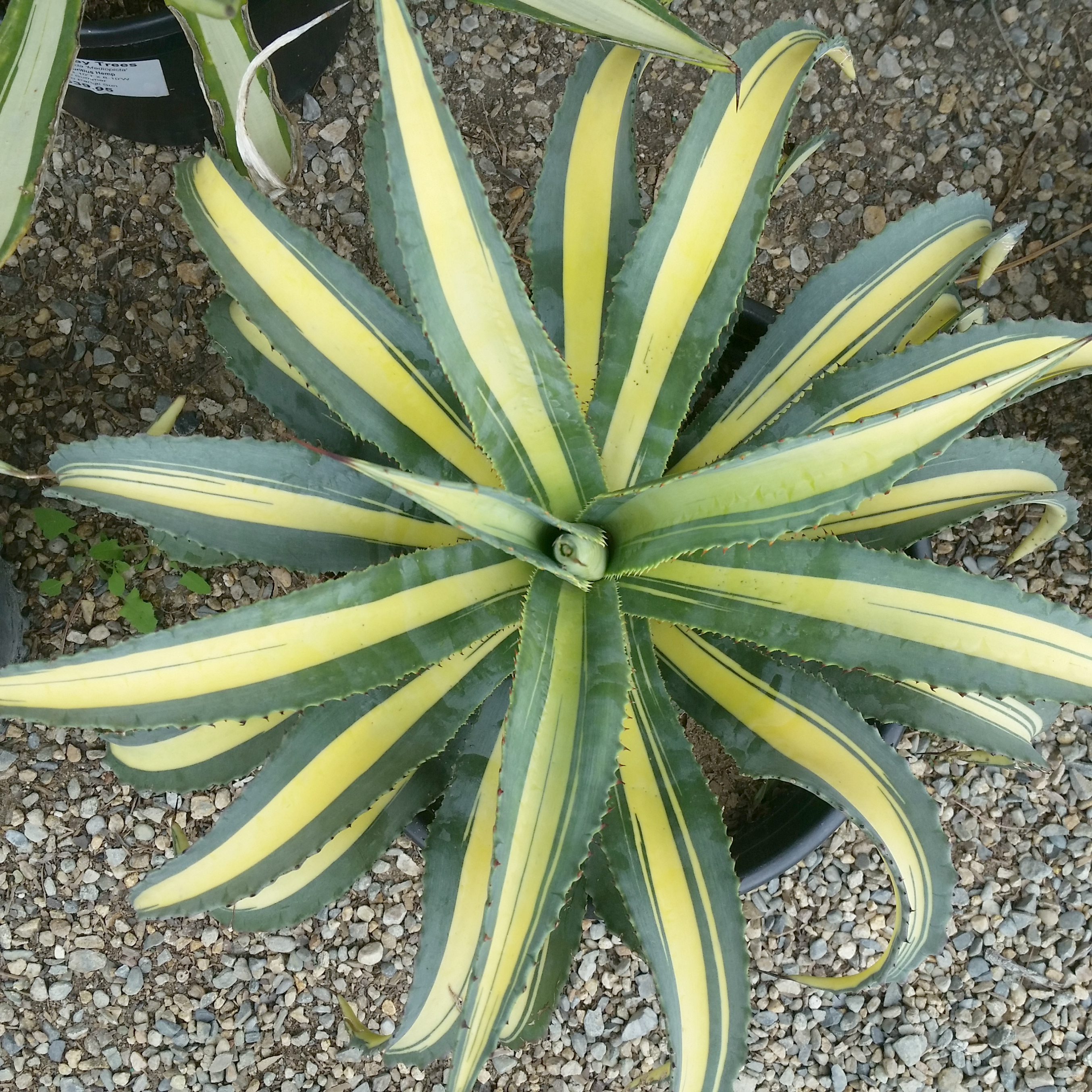
Agave americana var. mediopicta Variegated Century Plant Mid Valley Trees
Agave americana, the century plant, is a medium to large, solitary, or freely suckering and sometimes seeding agave with a basal rosette up to 3m wide. Agave americana is the best-known species. The leaves are often reflexed above the middle, and this is a characteristic feature of the species.
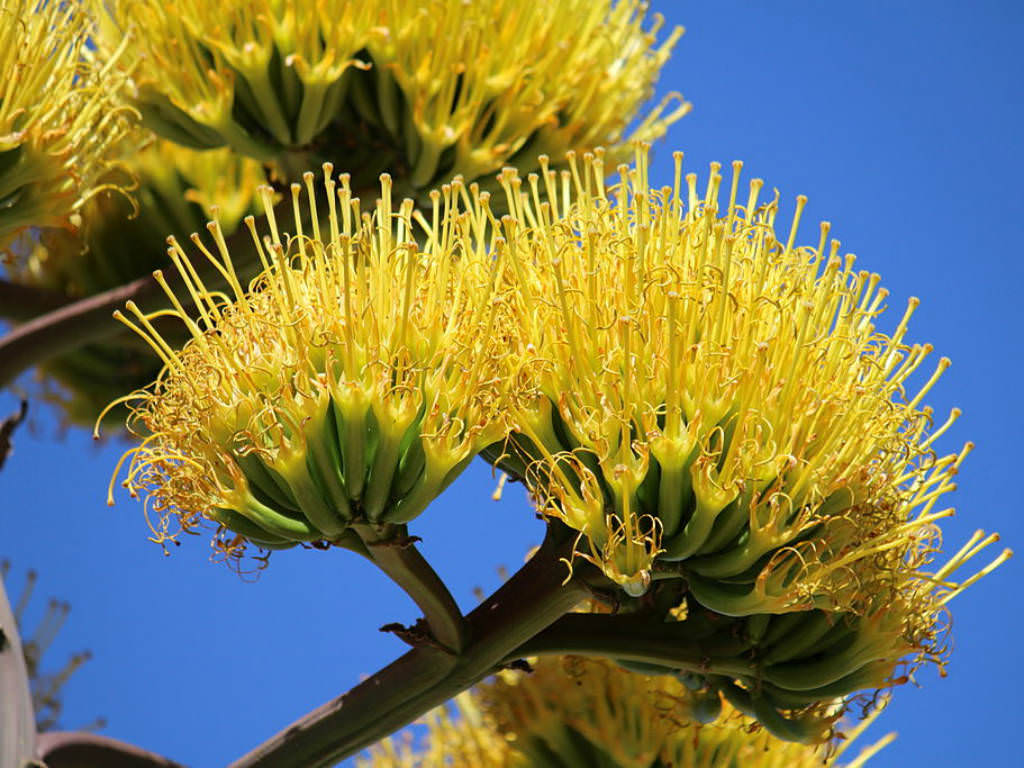
Agave americana (Century Plant) World of Flowering Plants
Agave plants with their iconic leaves and striking appearance, bring a dramatic presence and add a bold, geometrical nuance to landscape architecture. Agaves are well suited for the extremely arid conditions of the desert, with tough, spiny exteriors that protect their highly sought-after moisture from natural predators.

Flowering Agave Photograph by Douglas Taylor Fine Art America
Propagate agave plants by removing the offsets (pups) that grow around the base of the plant. If propagating from a potted agave, wait until the pup is about a third of the size of the parent plant. Use a clean, sharp knife. Allow the cut to dry and callus over before planting the pup in an equal-parts mix of compost and grit or perlite.

Agave a. var mediopicta 'Alba' (White Variegated Century Plant)
1. Foxtail Agave Botanical Name: Agave attenuata With silver and pale green foliage, foxtail looks graceful. It also forms a rosette resembling a flower that looks like a fox's tail, which is the reason behind its unusual name. Also, unlike other agaves, it has no teeth or terminal spines. 2. Caribbean Agave Botanical Name: Agave angustifolia